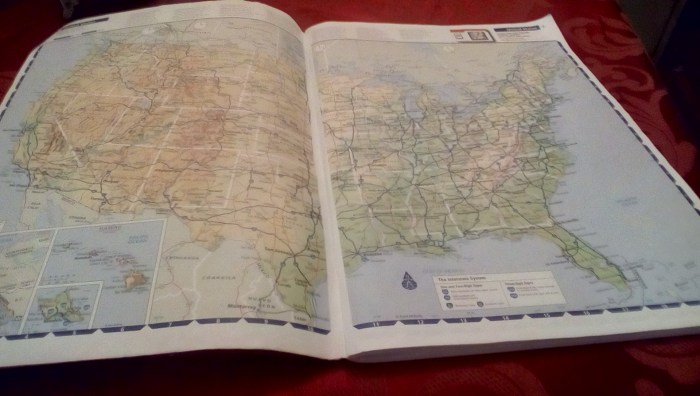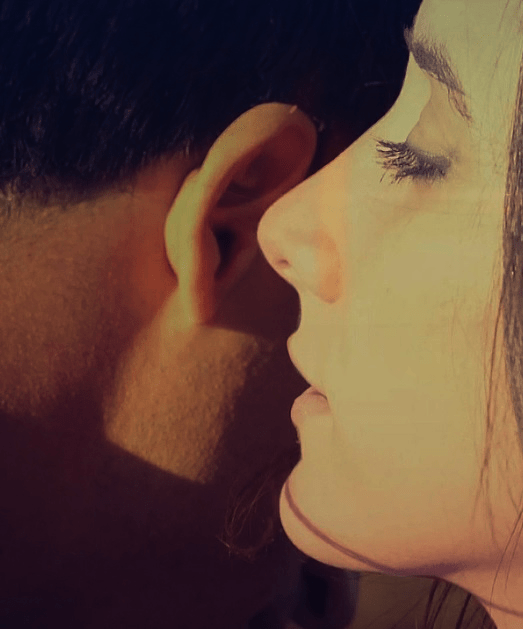
The following is an article from a six-part series that explores aspects of creating the storyline for the End of an Age quadrilogy (yes, that’s a made-up word).
This is probably the broadest question addressed in these articles. As an American writer I chose to place the story in the United States. Because it covers several years of two people who become fugitives, lots of places in the country are involved.
Both Alexia and Reuben are in their later teens when the series begins, so their places of origin play significant roles. She is a Cajun from southern Louisiana. He is a hillbilly (partly) from southwestern Missouri. As the series progresses they wind up in several localities. In fact, there’s some foreshadowing about this in the first book, Darkness upon the Land:
She’d always had to remain close to home because of her dietary restrictions, however, so Alexia savored the idea of finally getting to see more of the world, even if it was just in this country. She’d never stood on top of a mountain or shuffled through snow or sifted pebbles from the desert through her fingers.
Be careful what you wish for!
Nearly all the localities are places I’ve been (or plan to be soon). Various ecosystems are purposefully involved, and the subcultures related to them provide part of the color to the story. Maybe part of it will take place in a location near you!
The next article, Why, touches upon another important matter that plays an enormous role in the history and being of the United States itself.


